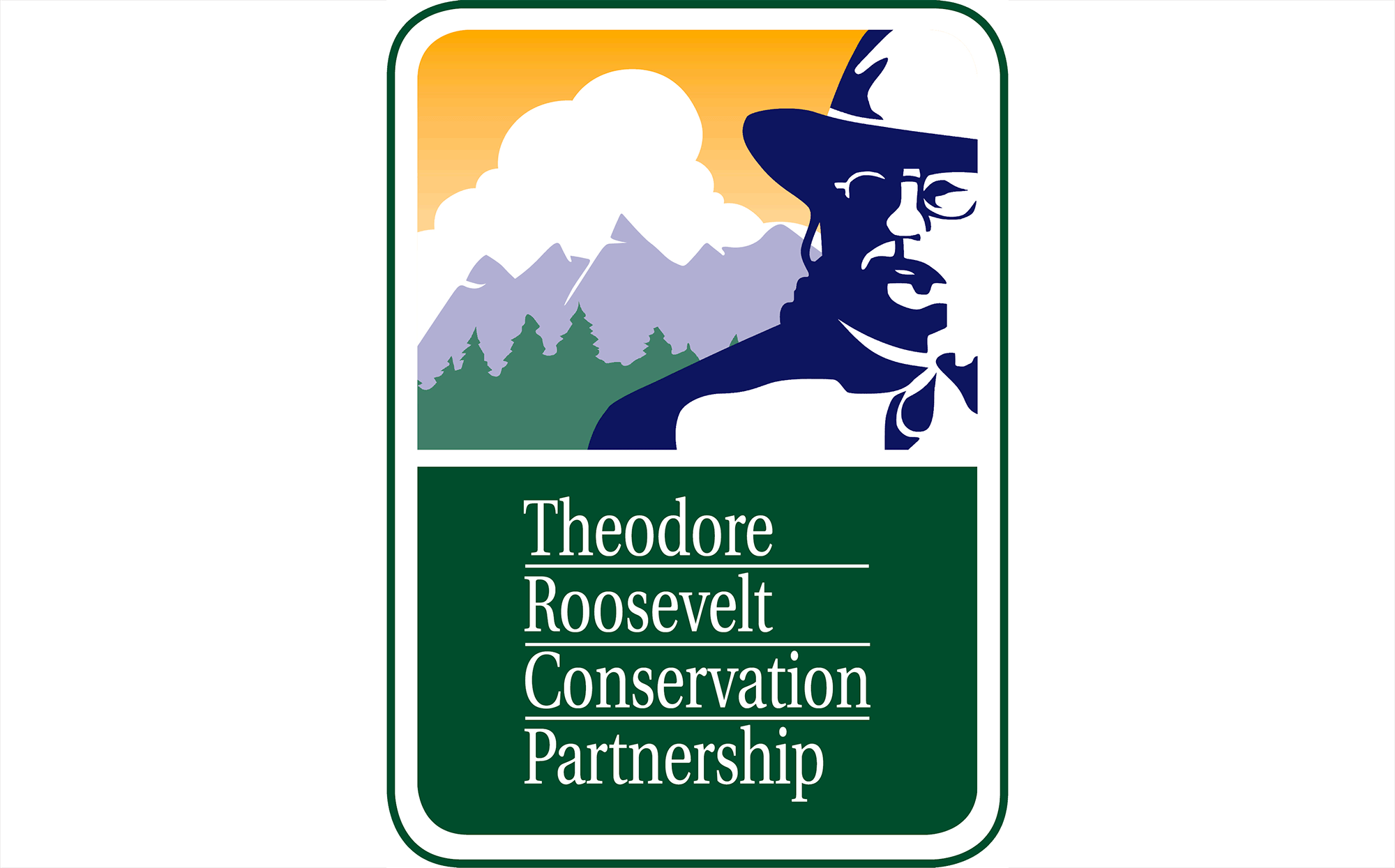Bison Joins Bald Eagle As An Official American Icon

Earlier this week, President Obama signed the National Bison Legacy Act into law, officially designating the American bison as our national mammal. This species has a special place in American history, especially in the West, and we’re pretty proud of the sportsmen, including our organization’s namesake, who worked to bring the bison back from the brink—without them, we’d be celebrating a different mammal today.
In 1883, Roosevelt traveled from New York to the Badlands of the Dakota Territory for a guided bison hunt, where he expected to find plenty of bulls. Unfortunately, he found that the great bison herds, which once boasted about 40 million animals, had been nearly exterminated from the prairies. Roosevelt endured grueling hunting conditions for two weeks before he finally laid eyes on a 2,000-pound bull grazing alone.
TR successfully took down that bison, but the end result for him wasn’t just about the trophy. He became angry at the thought of losing bison from the landscape, and the trip sparked a fresh outlook on conservation as a whole. From then on, he strongly advocated for policies to curb market hunting and conserve big game species and Western habitat.
In 1887, Roosevelt founded the Boone and Crockett Club to proactively save big game populations, and in 1894, he encouraged Congress to pass the Lacey Act to make it illegal to kill wild animals in National Parks—at the time, one of the few remaining bison herds lived in Yellowstone National Park, but was being jeopardized by poachers. He also conceived and led the “New York repopulation plan,” a brand-new conservation initiative through which bison were bred in the Bronx Zoo, and then released across the West to repopulate the Great Plains.
As soon as 1911, bison were no longer considered endangered, and this was critical to the rest of the prairie ecosystem. Their grazing habits are essential to keeping shrubs and trees from taking over grassland habitat that is necessary for games species, such as mule deer, pheasants, and waterfowl to survive. If Theodore Roosevelt did not take action to benefit these beasts, and the places where they roam, the nation’s fish and wildlife landscape would have been drastically different today and for generations to come.
Article by Julia Galliher

























